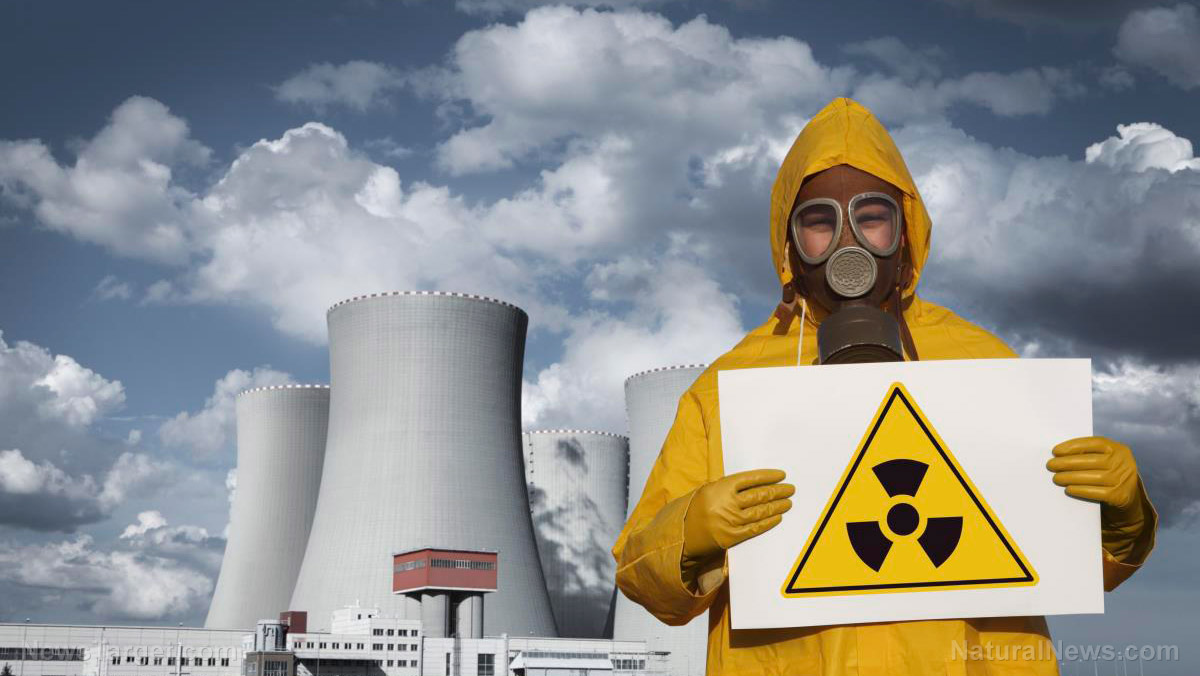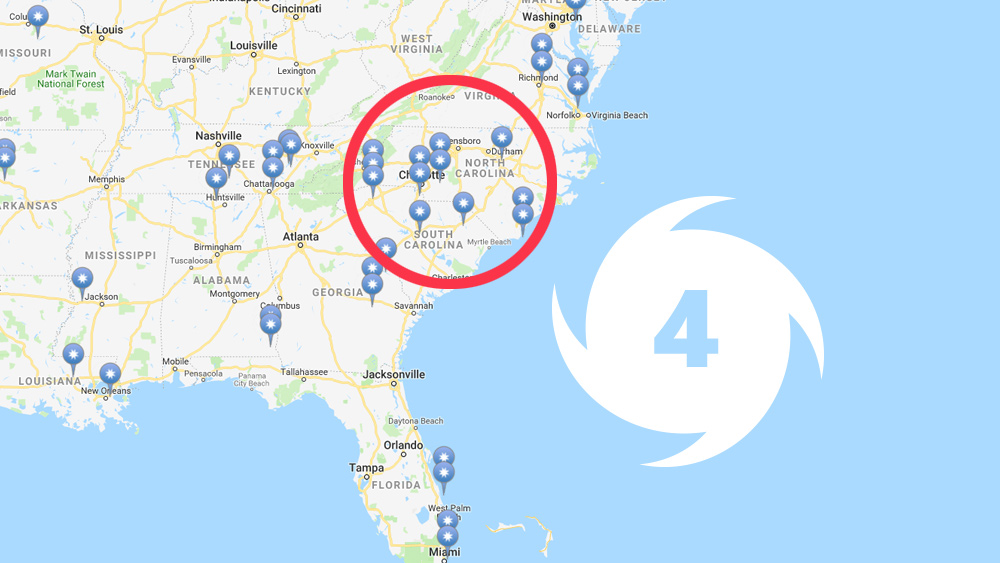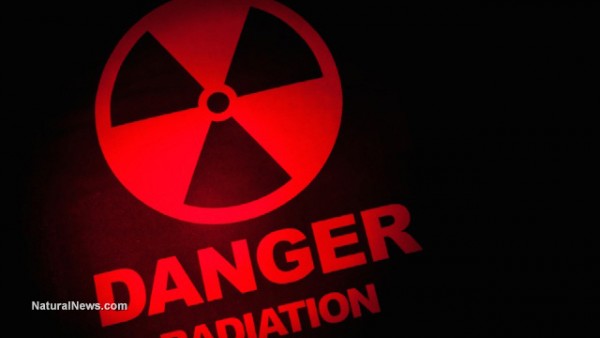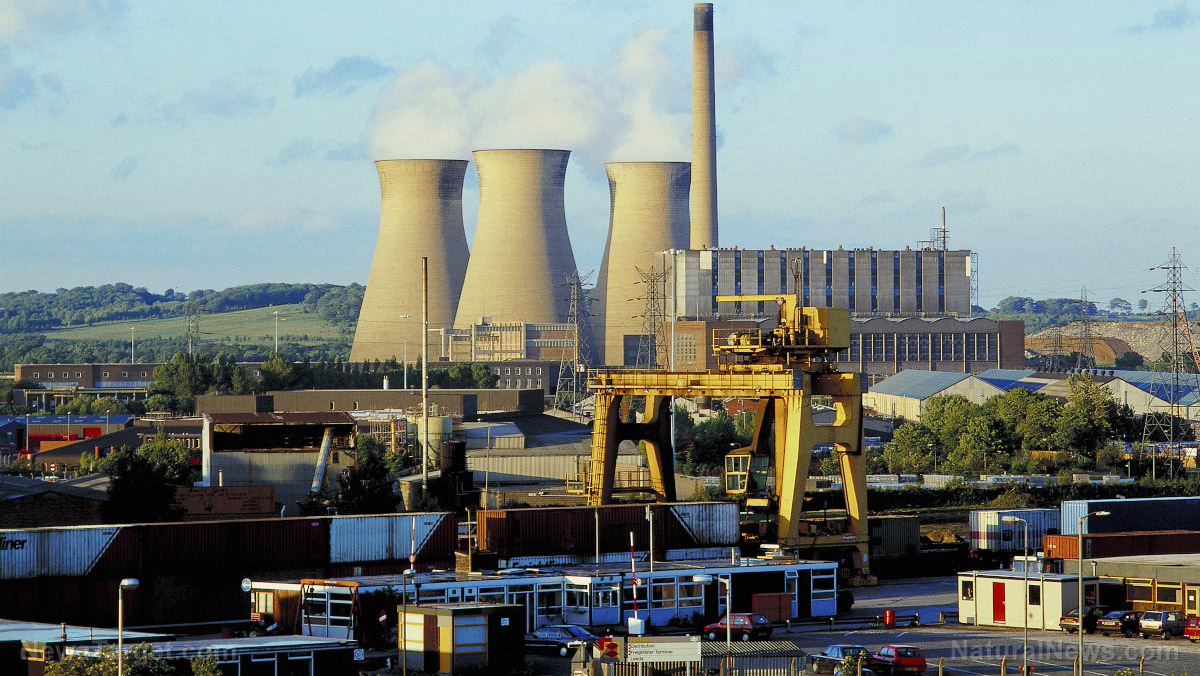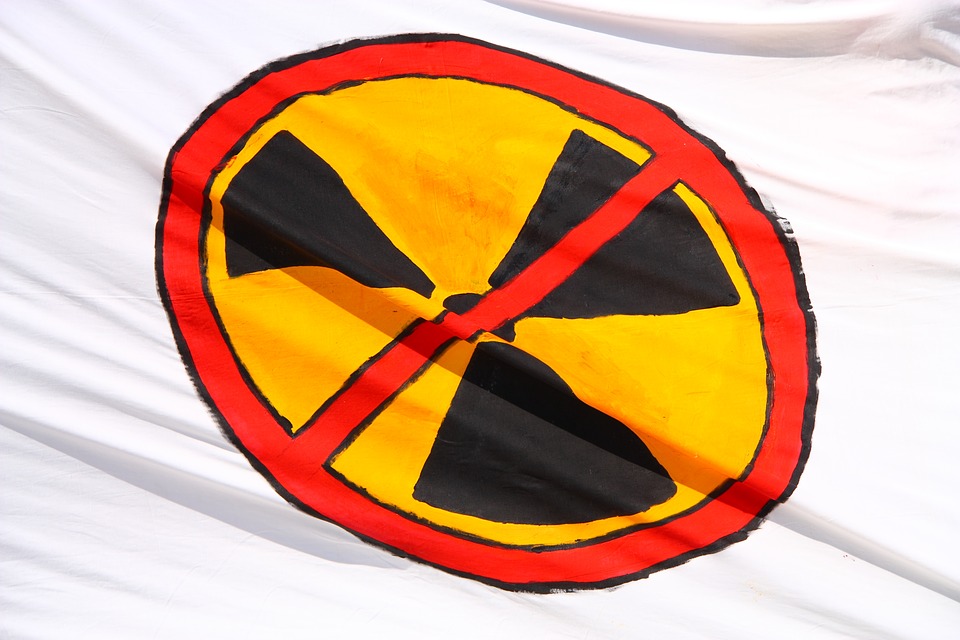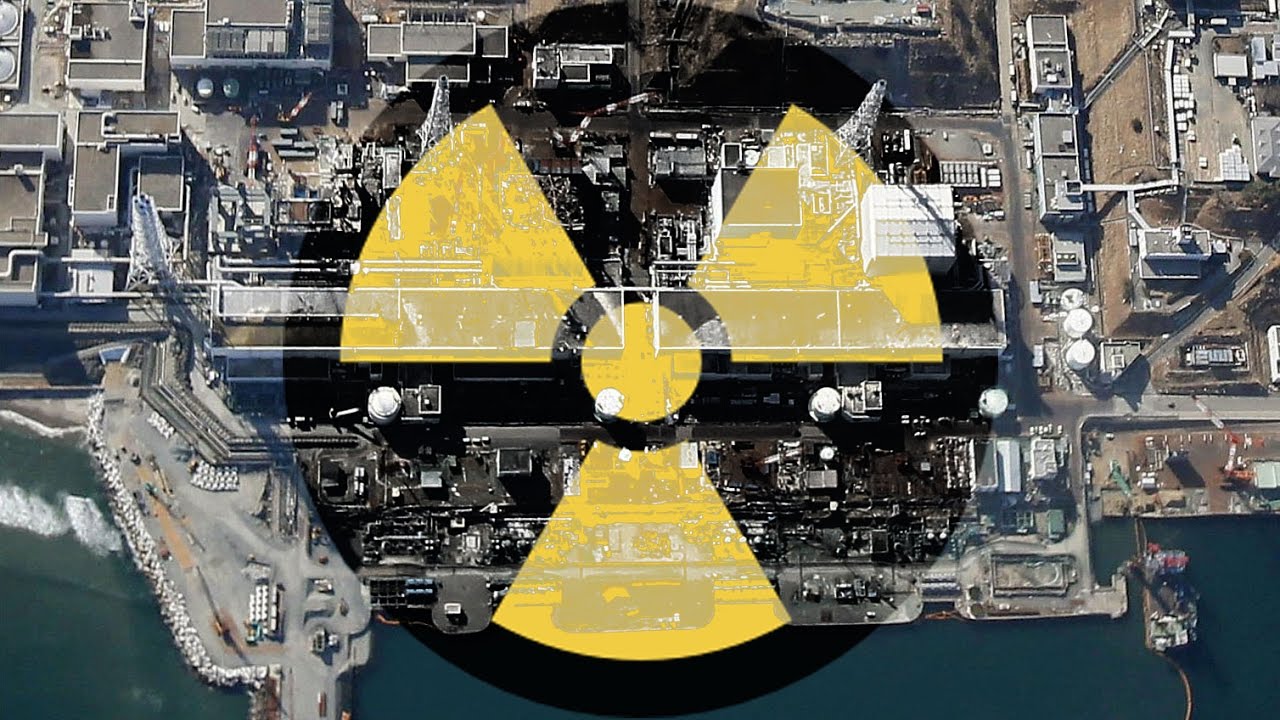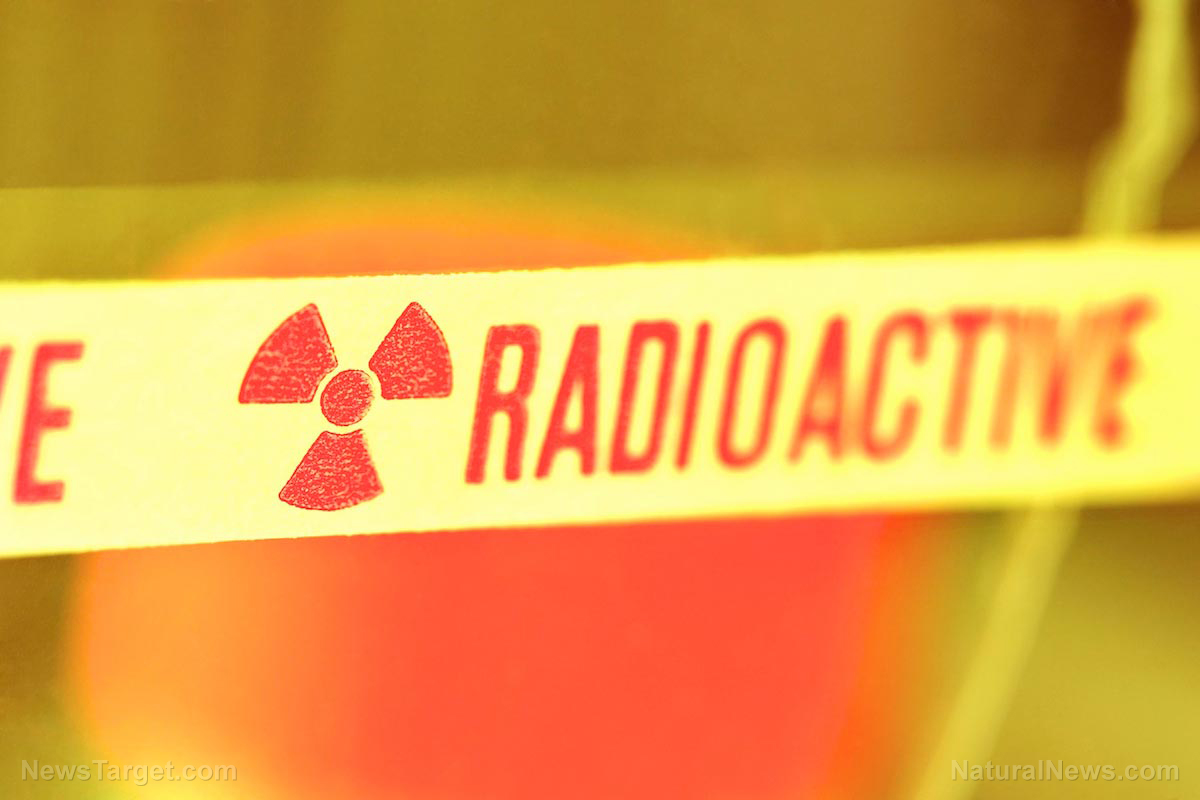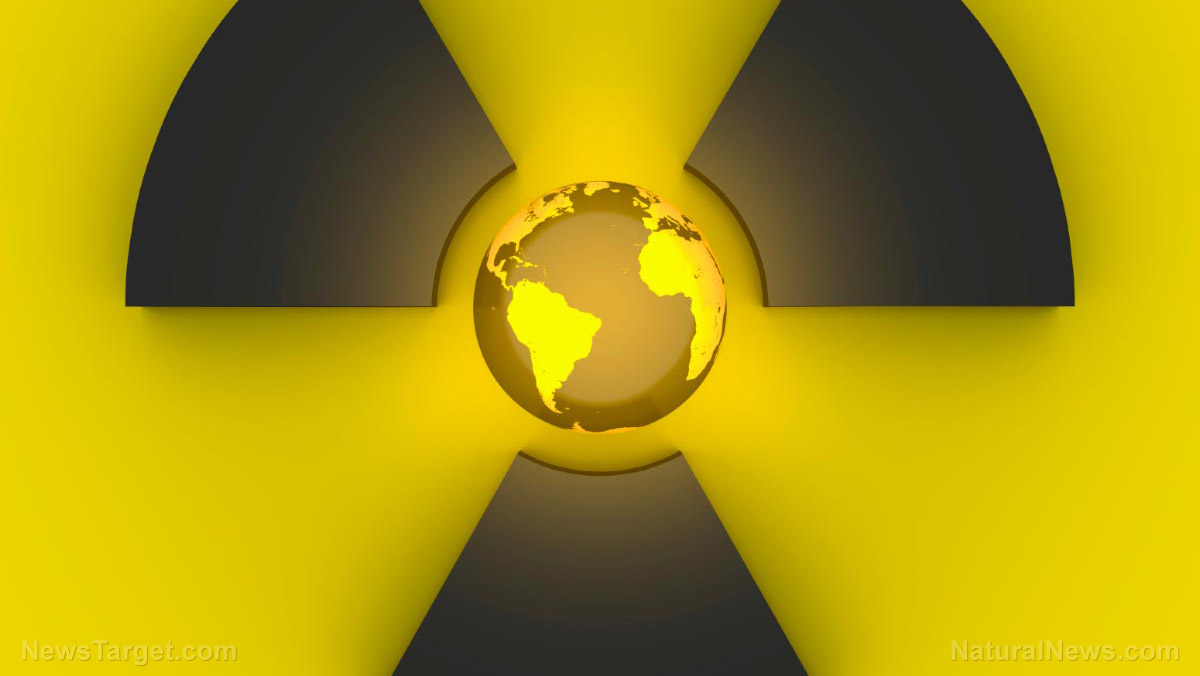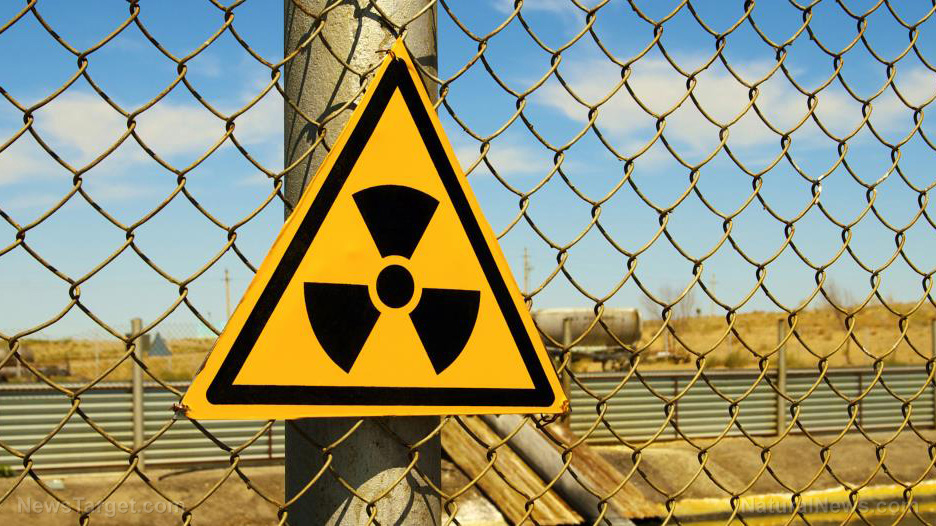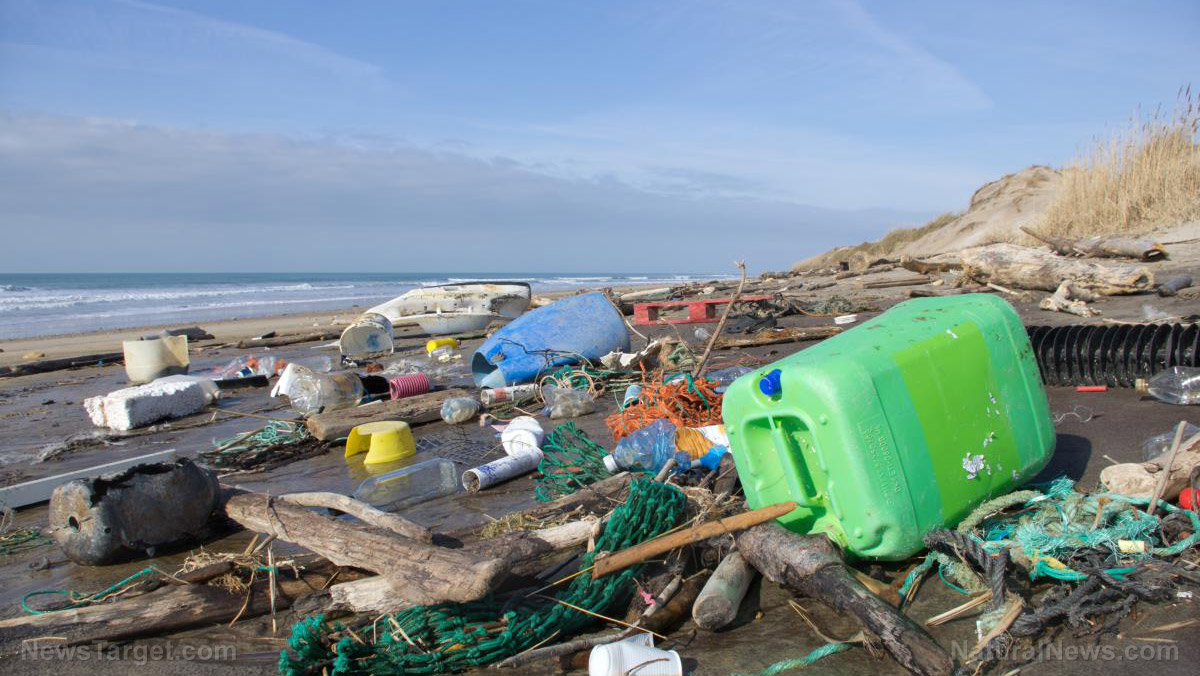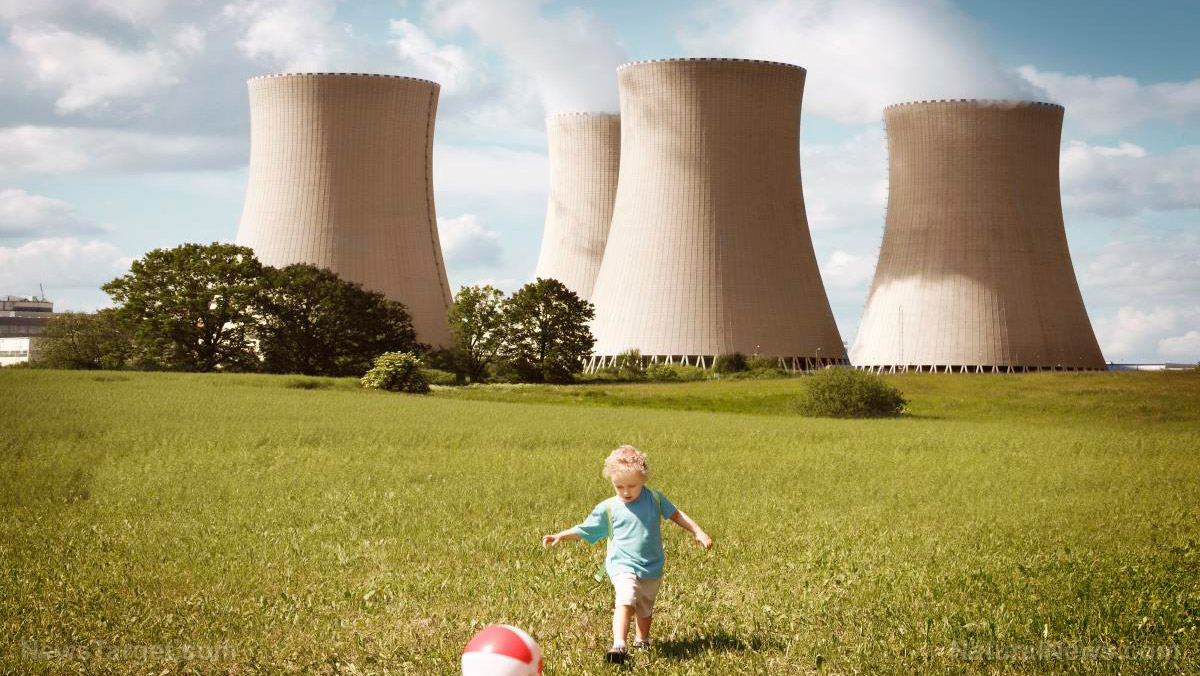Shocking new study finds that Fukushima disaster exposed EVERY living human to the radiation dose of a full chest x-ray
03/04/2019 / By Isabelle Z.

If you think that the nuclear disaster at Fukushima hasn’t really affected you too much because you live so far away from it, think again. Researchers looking into the Fukushima nuclear disaster have made a startling discovery: The devastating incident gave every single human being on the planet an amount of radiation exposure that is equal to getting one x-ray.
The disaster took place after a 9.0 earthquake and subsequent tsunami struck Japan in 2011, prompting three nuclear reactors to melt down at the Fukushima-Daiichi nuclear plant. This released radioactive materials into the environment.
One of the researchers, the Norwegian Institute for Air Research’s Nikolaos Evangeliou, said that more than four fifths of the radiation was ultimately deposited at the poles and in the oceans, and that the global population likely got the lowest exposure, but that will be little comfort for those who avoid x-rays out of concern about the danger of radiation. His group estimated that most people got a dose of around 0.1 millisievert, which is equal to an extra full-chest x-ray. The average person in Japan, however, got a dose that is equal to around 0.5 millisieverts, which approaches the yearly recommended limit for inhaling naturally-occurring radon. Meanwhile, residents of Fukushima and the surrounding areas were exposed to doses of as much as 5 millisieverts in the three months following the accidents.
Experts say that radiation levels at the disaster site itself are still incredibly high, and that cleaning it up could take as long as 40 years, while some of the radioactive elements released will linger in the environment for almost 25,000 years. One nuclear engineer, Arnie Gundersen, told the BBC that the site is “as close to hell as I could imagine.”
If you think the single x-ray that most of us were exposed to is bad enough, be thankful you don’t live in Iitate, a town that sits around 25 miles away from the site of the Fukushima disaster. The government is insisting the town’s residents return home and claim it is safe, but a report by Greenpeace found that toxic levels of radiation still exist there, with one activist saying it is equivalent to getting an x-ray of your chest every week! Since we are already exposed to natural background radiation of varying levels depending on the altitude at which we live, adding to the total without being given any choice in the matter is something that everyone should find concerning, no matter how far they live from Fukushima.
X-ray radiation increases cancer risk
Just how bad is the radiation from an x-ray? X-rays use ionizing radiation, which can increase your risk of getting cancer years or even decades after exposure. For this reason, experts recommend avoiding unnecessary x-rays. Younger people, unborn babies and women have slightly higher risks of developing a radiation-induced cancer. It poses a smaller risk to the elderly, experts say, mostly because they have fewer years of life left in which the cancer can develop.
The fact that we can’t control our environmental exposure to radiation means that we need to be particularly vigilant about the radiation exposure we can control. For example, if your doctor suggests an x-ray or CT scan, find out if it’s really necessary. Get a second opinion, and find out if your doctor has a financial stake in these tests. Find out if alternative methods of diagnosis could work instead. We are exposed to enough radiation in our everyday lives that we should be doing everything we can to avoid adding to it.
Sources include:
Tagged Under: cancer criminals, Fukushima, radiation, x-rays



